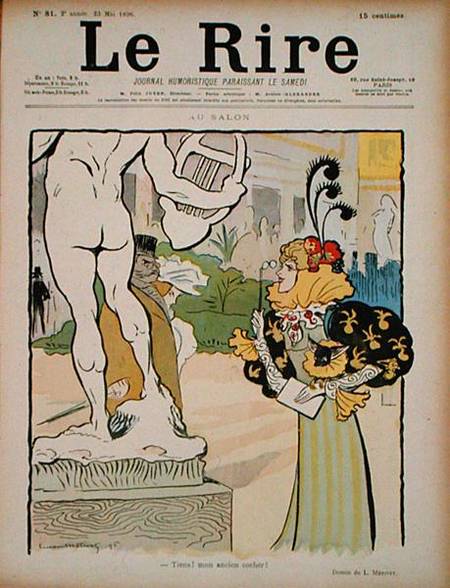I am so very excited.
Mucha, is visiting my island in the Med and staying on exhibit from next Saturday February 26 up until May 15.
In Quest of Beauty is the title of this exclusive ehxibition which will be held at the Grand Salon of the National Museum of Archaeology in the capital city of Malta, Valletta.
You might perhaps still remember the four seasons hanging in your grandparent’s house, depicted as women draped in the most stylish of dresses and colours. The author of those works, Czech Art Nouveau artist Alphonse Mucha, is widely known and appreciated by many as one of the world’s greatest decorative artists of his times. Paul Gaugin befriended him and stayed at his Parisian home, Auguste Rodin travelled with him and his creations for the famed actress Sarah Bernhardt transformed him into an overnight sensation in Paris.

Heritage Malta and the Mucha Foundation shall introduce this famed Czech artist to the Maltese public through a major exhibition featuring over 100 works. These include key pieces such as his first ever poster produced for Sarah Bernhardt and subsequent theatrical performances. Examples of applied artwork to go on display shall range from jewellery items to cigarette cards and packaging. The exhibition shall also include works featuring his female representations for which he is best known and a work by the famous French sculptor Auguste Rodin presented to Mucha by the artist himself.
Born in a peripheral town of today’s Czech Republic, Mucha initially trained in Vienna as a theatre scene painter but his formal artistic training happened in Munich and Paris. During the early 1890s, Mucha enjoyed modest success as a book illustrator, but his first poster design in 1894 took Paris by storm. He instantly became one of the most sought after designers and his works representative of the new style; Art Nouveau. He worked mainly in Paris and the United States but was later to return to his homeland where he died in 1939 shortly after being interrogated by the Nazi occupying forces of Czechoslovakia.

Mucha’s style places a focus on the female figure in all its sensuality. She is oftentimes richly decorated with flowers and other motifs from nature; his sensual females became aesthetic pleasure. Indeed Mucha’s art communicates with wider audiences and beyond connoisseurs. His style changed in later years, mainly after returning to his homeland, and his pursuit of beauty evolved into a political quest best represented by The Slav Epic (1911-28) - a cycle of twenty large canvases depicting the history of the Czechs and the Slavs in general. Mucha also designed bank notes and other symbolic images for the new Czech Republic formed in 1918 after the end of World War I.
All information & images have been supplied by Heritage Malta.












